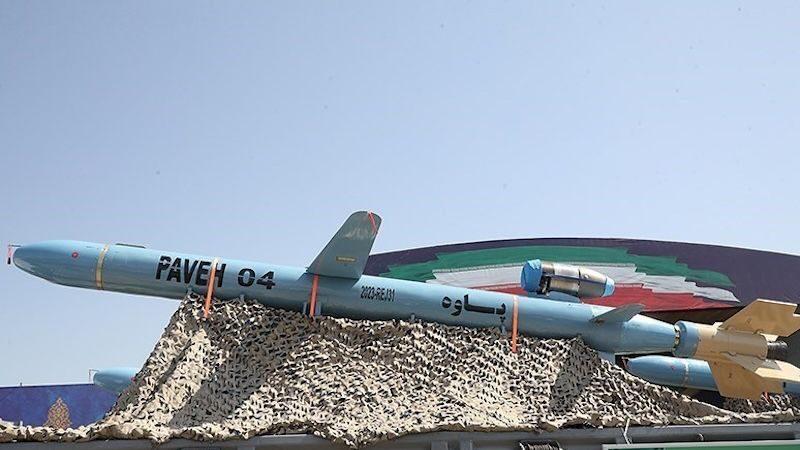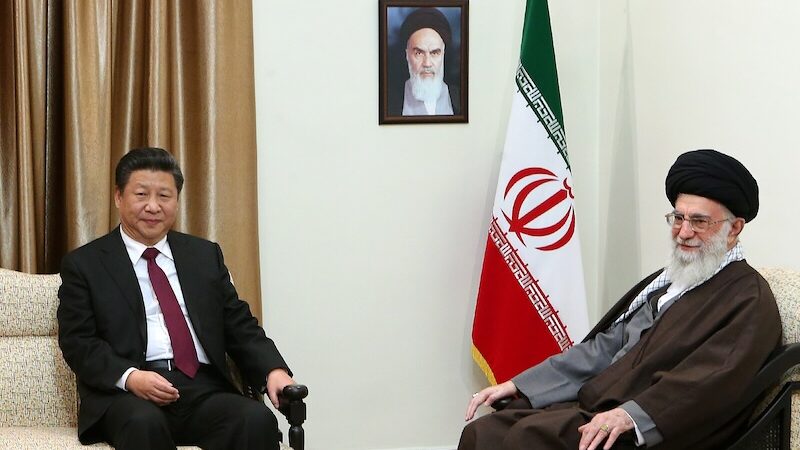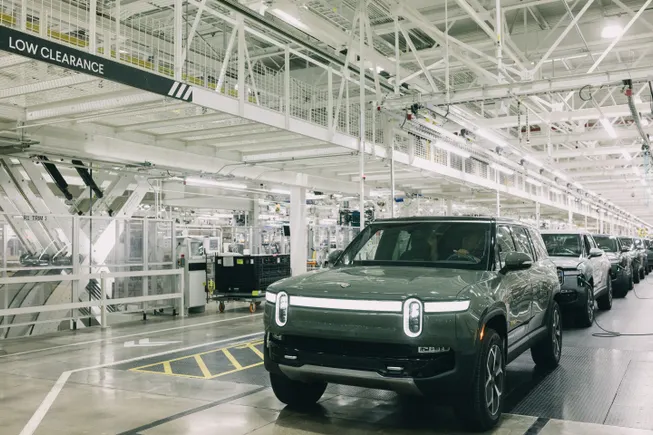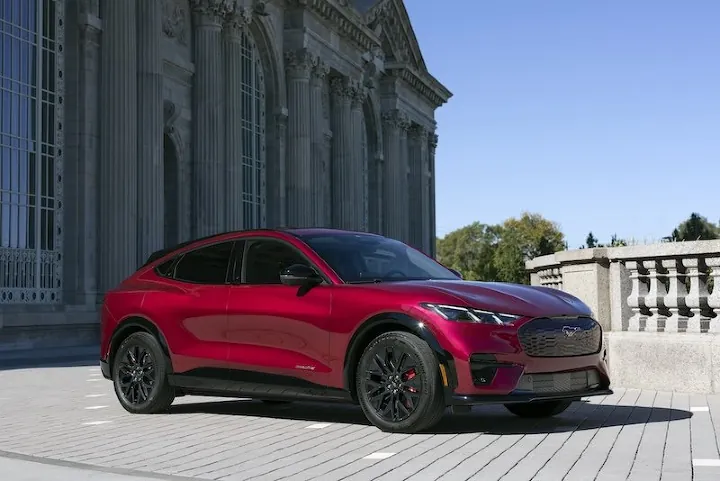Report: Parts of China Are Running Out of Car-Buying Subsidies
Reports are claiming that several major Chinese cities are suspending some automotive incentives due to a lack of funding. China has numerous trade-in subsidies on goods, including vehicles. The intention is for this to spur the economy and drive commerce. But there are concerns that losing the incentives could hurt automotive sales stemming from both Eastern and Western brands.


Reports are claiming that several major Chinese cities are suspending some automotive incentives due to a lack of funding. China has numerous trade-in subsidies on goods, including vehicles. The intention is for this to spur the economy and drive commerce. But there are concerns that losing the incentives could hurt automotive sales stemming from both Eastern and Western brands.
China launched equipment upgrade and consumer goods trade-in programs in March of 2024. While they were tweaked at the start of 2025, Reuters has reported that they’re drying up in several metropolitan areas.
From Reuters:
Notices from governments in Zhengzhou and Luoyang blamed the subsidy pause on the first round of funding allocated by Beijing for the programme running out, while Shenyang and Chongqing said the suspension was due to adjustments to improve capital efficiency.
The northwestern region of Xinjiang issued a similar suspension.
China's government has leaned on subsidies for big-ticket items, including cars, home appliances and some electronics to get people spending as consumer sentiment in the country remains sluggish amid a prolonged property slump and concerns over wage growth and unemployment.
China has claimed that the programs have been a success, with over 4 million applications submitted within the first half of this year. But the region has continued to suffer from a decline in employment and lackluster wage growth — similar to what has been witnessed on Western markets.
Reuters attributed the program to a “higher-than-expected 6.4 [percent] growth” of consumer goods in May. But it likewise expressed concerns about funding running out in key areas, potentially harming Western and Japanese brands that are popular in Central Asia. China's National Development and Reform Commission and Ministry of Finance have stated that the subsidies will continue, presumably indicating that more funding will arrive in the coming months. However, that may not be enough to maintain the present momentum.
Domestic Chinese brands will likewise be affected, though there are concerns that they may also be contributing to the problem. Previous reports have suggested that companies selling brand-new cars as discounted second-hand vehicles to offload inventory is becoming a problem inside the country. Meanwhile, those subsidies vary immensely between provinces and can put the equivalent of thousands of dollars on the hood of both EVs and combustion vehicles with smaller engines. Insurance subsidies and zero-interest incentives are likewise available. There has been speculation that the above stimulus programs may be abused as part of the “zero-miliage used car” phenomenon and are falsely propping up volumes.
Local, state-backed outlets (e.g. China Daily ) have framed them as beneficial to all parties, making particular note of Western brands. That said, it’s hard to pin down exactly what’s happening. Western media tends to be a little more critical of China’s economy, whereas the Chinese outlets are more kind.
Officially, China has claimed that car sales rose for the third consecutive month, increasing by 14.8 percent (year-on-year) in April. That trend is assumed to persist through June. But the numbers are being undermined by those previously mentioned “zero-miliage used cars.” Sustained incentives are presumed to help maintain the sales momentum. But the issue is getting muddled by concerns over potential fraud and how much the economy is being propped up by government programs.
Regardless, how the situation shakes out will be relevant to global automakers. China became the largest vehicle market by volume in 2010. This has resulted in several brands (e.g. Mercedes-Benz, BMW, General Motors) owing roughly 30 percent of their annual sales to the region. While other companies may not be quite as dependent on China for profits, larger brands (e.g. Honda) can still expect to move hundreds of thousands of cars within its borders each year.

[Images: Tada Images/Shutterstock]
Become a TTAC insider. Get the latest news, features, TTAC takes, and everything else that gets to the truth about cars first by subscribing to our newsletter.







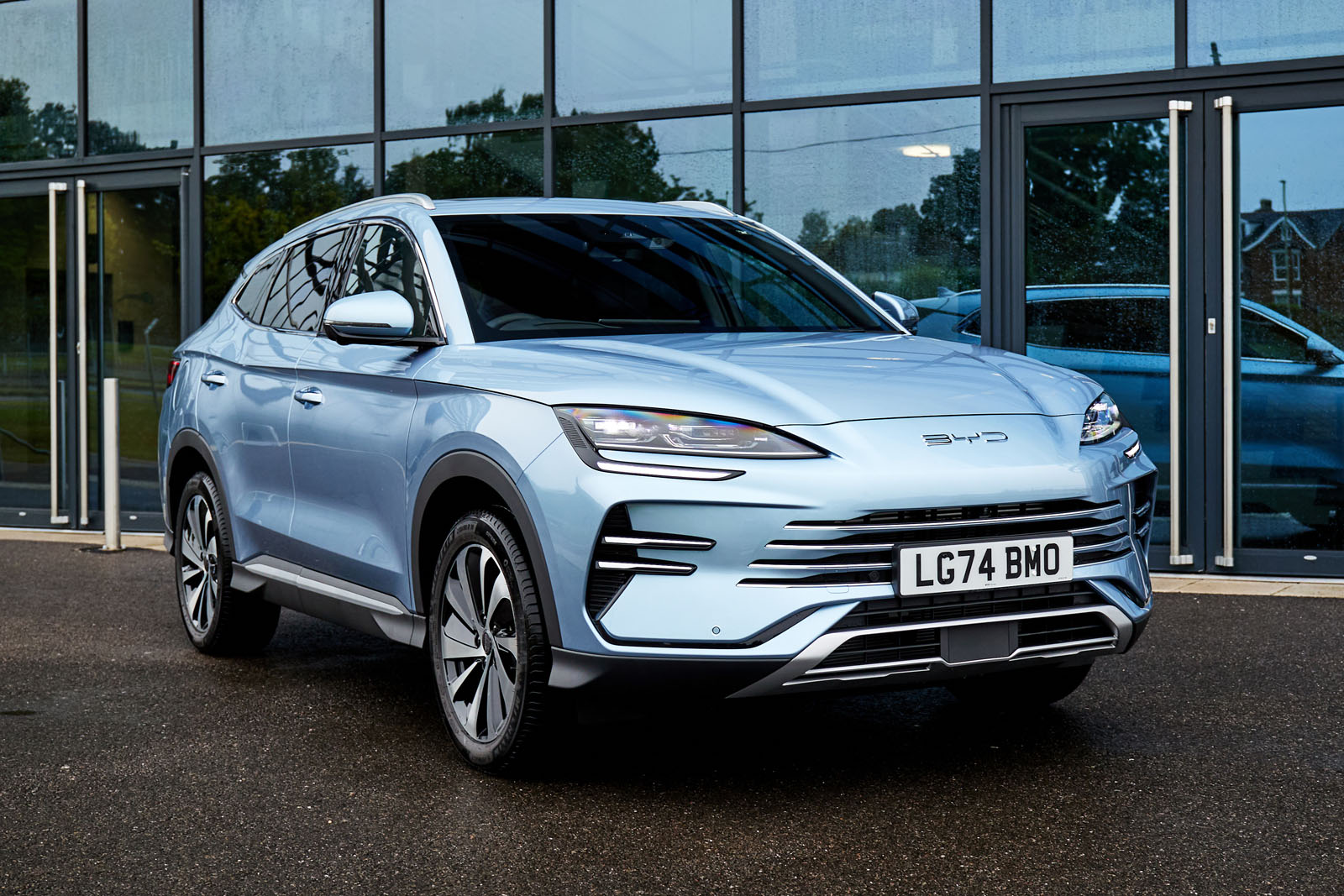



















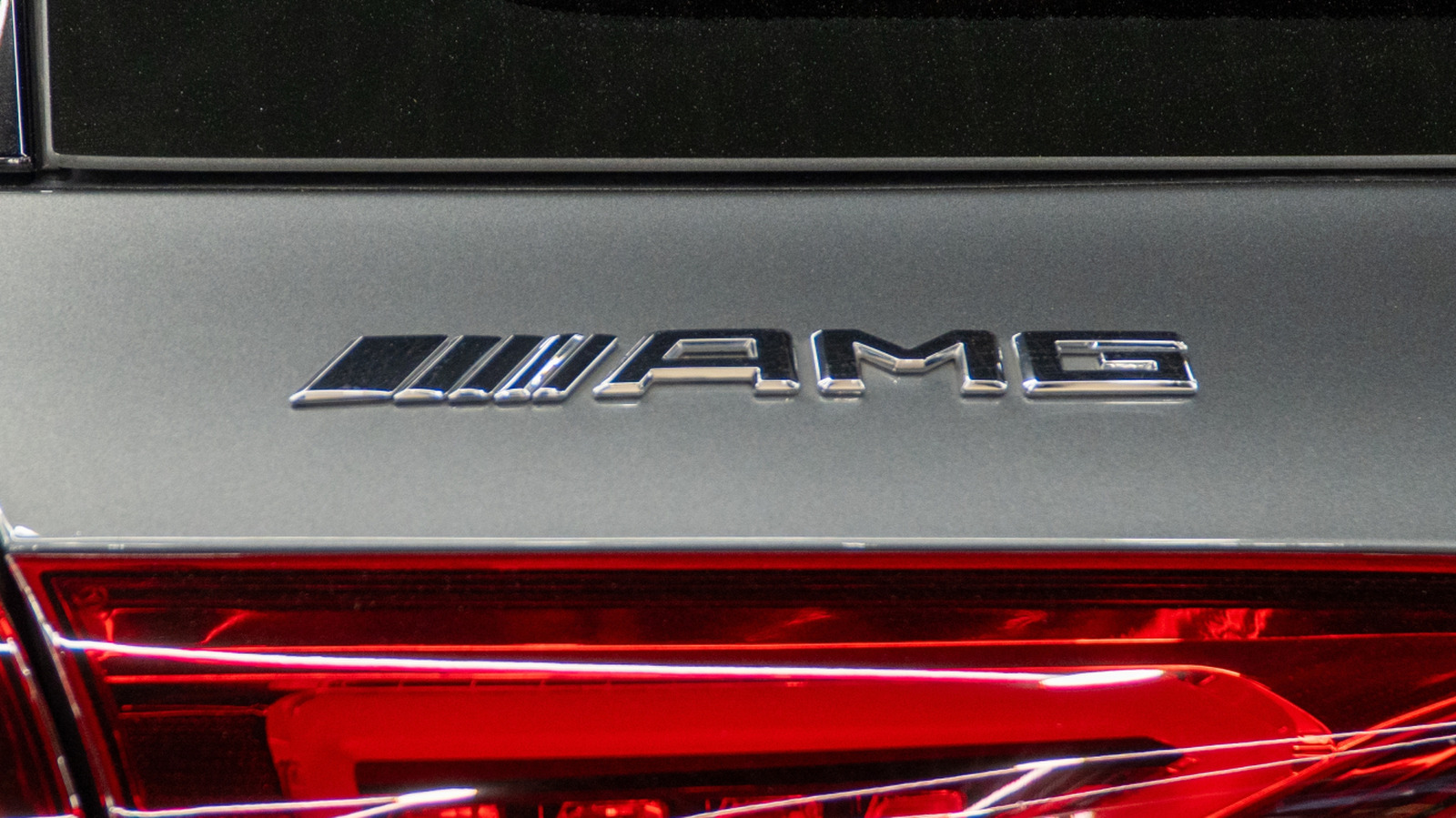






















































![The American contingent and Turkey’s autonomy goals: Paris Air Show Day 3 [Video]](https://breakingdefense.com/wp-content/uploads/sites/3/2025/06/Wednesday-Wrap.00_00_32_21.Still001.png?#)
![A look at the jets flying high above the Paris Air Show [PHOTOS]](https://breakingdefense.com/wp-content/uploads/sites/3/2025/06/Rafale_02-scaled-e1750268097167.jpg?#)




















